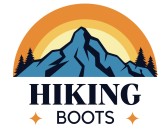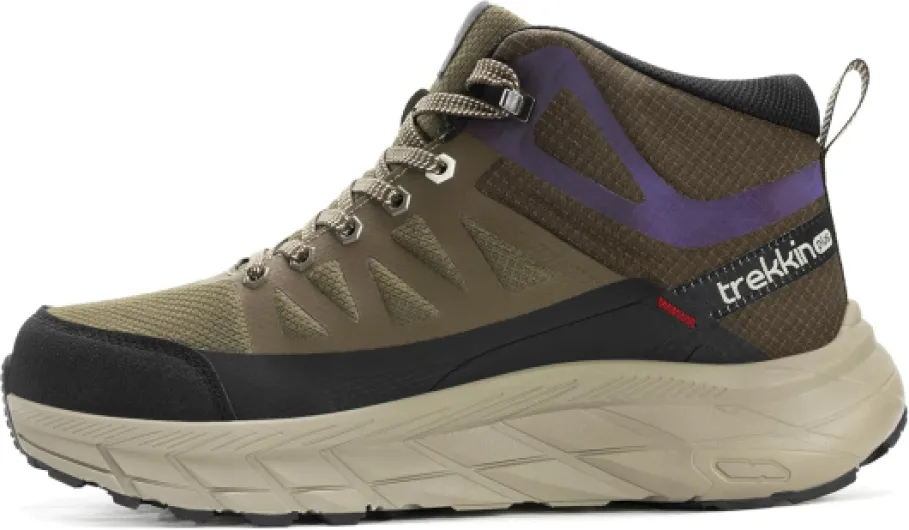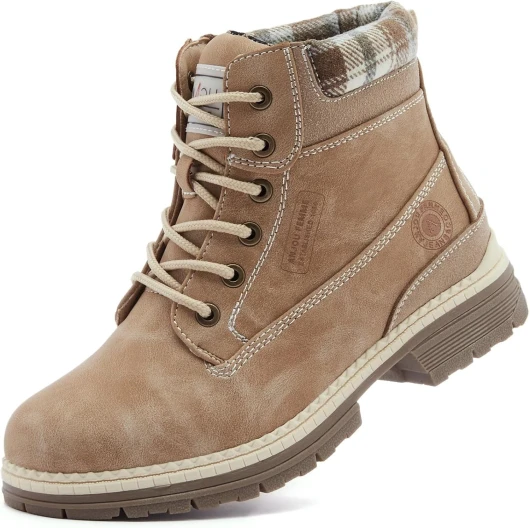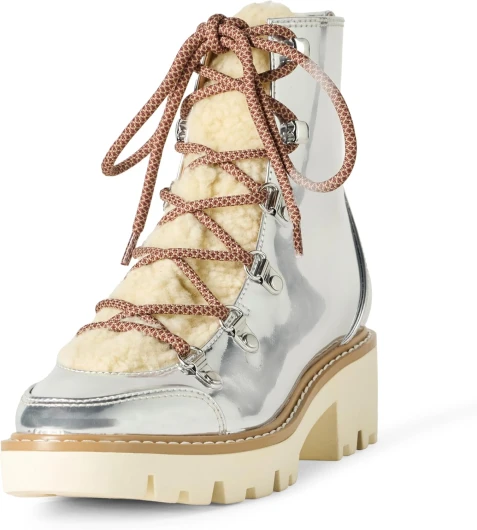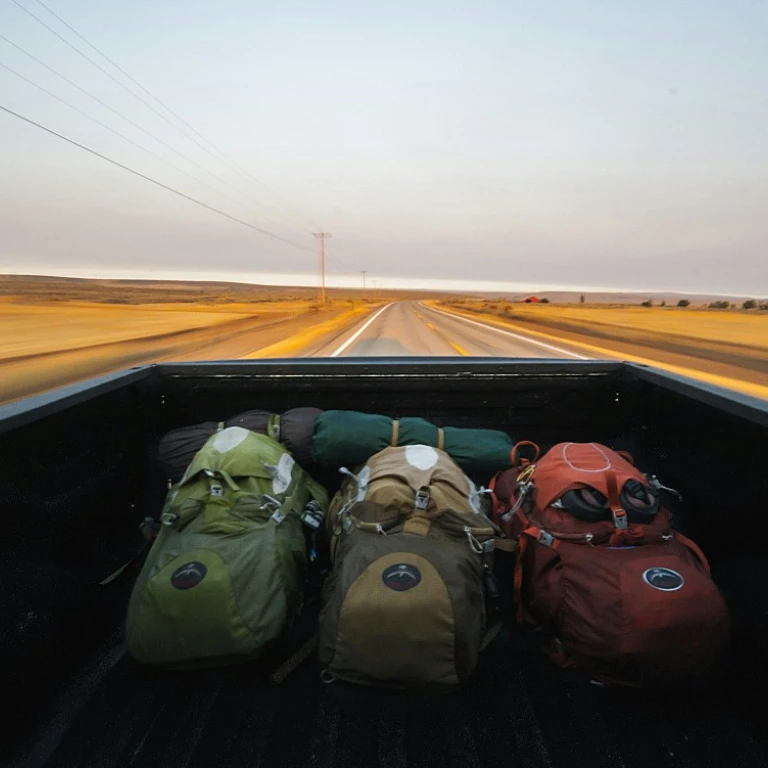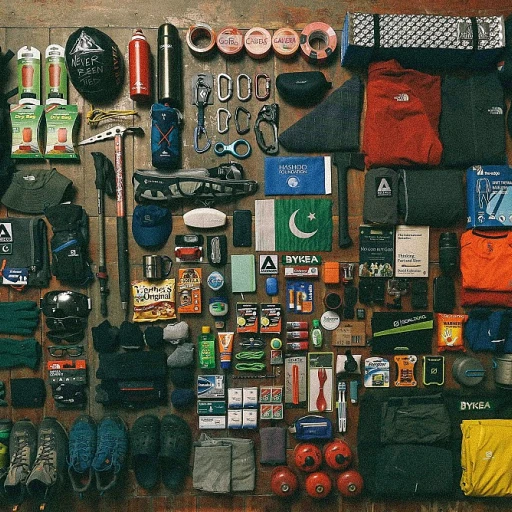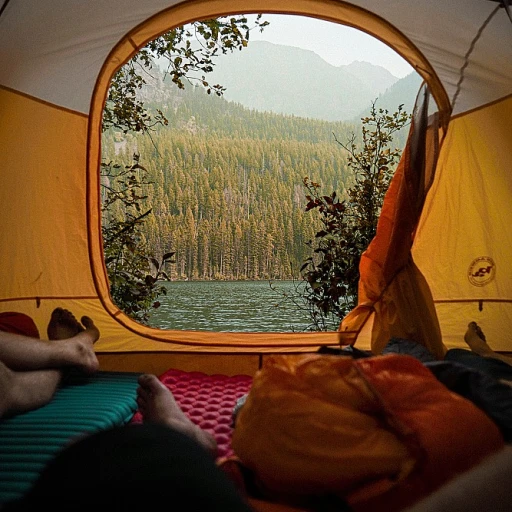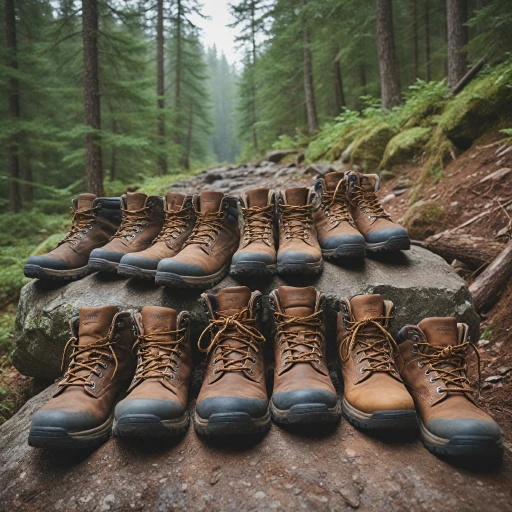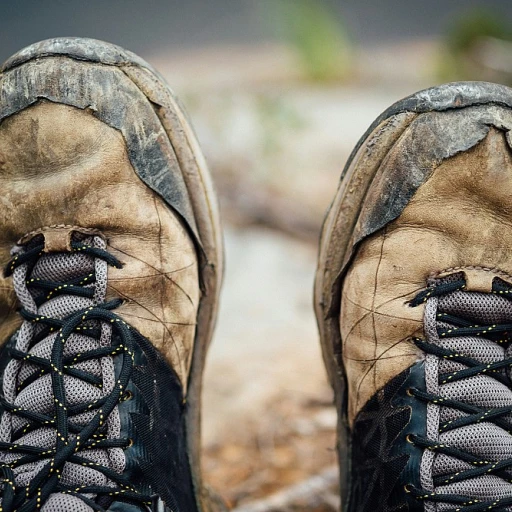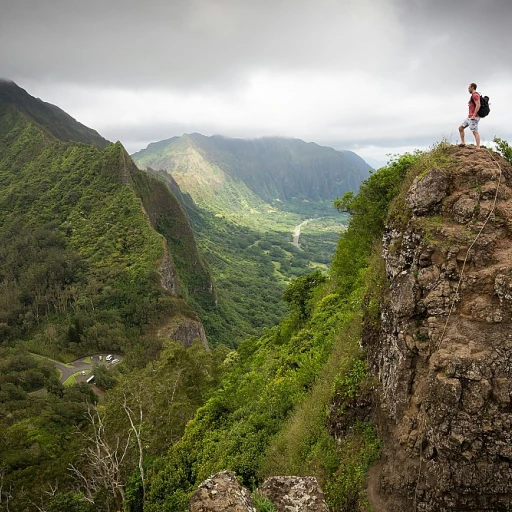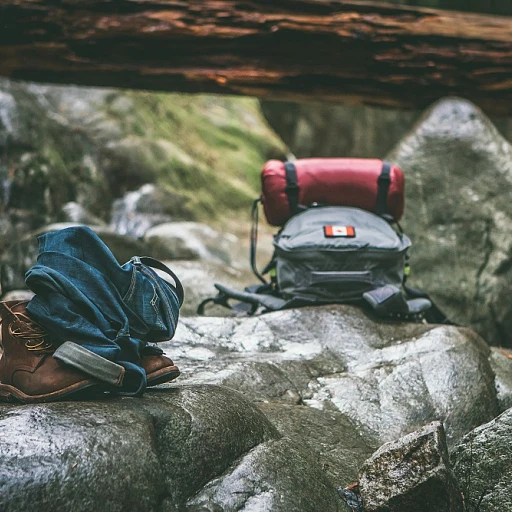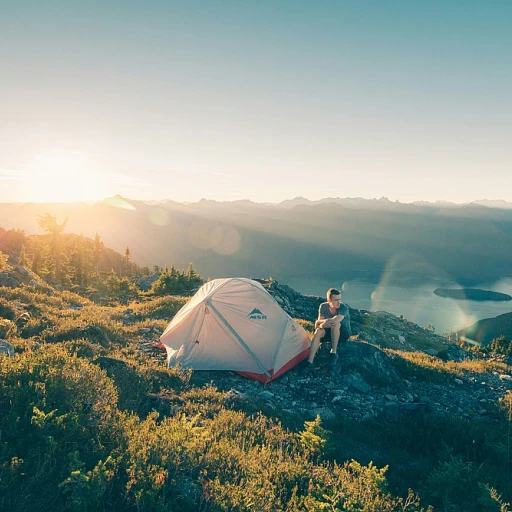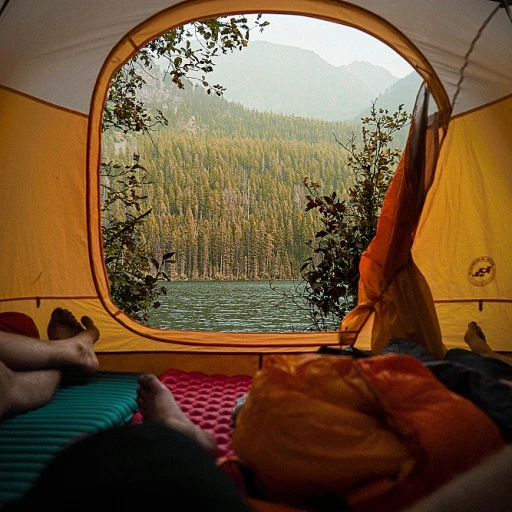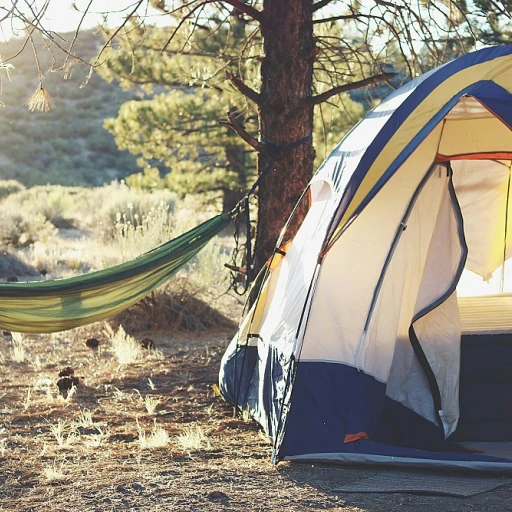
Understanding the Challenges of Wet Terrain
Conquering Wet Trails: A Hiker's Challenge
Hiking in wet weather presents a unique set of challenges that can test even the most seasoned outdoor enthusiasts. When the skies open up and rain pours down, trails transform into slippery, muddy paths that demand more from your gear. The right hiking boots become essential, not just to keep your feet dry, but to provide the traction and stability needed to navigate these tricky conditions.
Wet terrain can quickly turn a pleasant day hike into a soggy ordeal if you're not prepared. Rain-soaked trails can lead to slips and falls, making it crucial to have boots that offer a good grip. Waterproof hiking boots are your first line of defense against the elements, ensuring that your feet remain dry and comfortable throughout your adventure. Pairing them with a reliable rain jacket and rain pants will help keep the rest of your gear dry, allowing you to focus on the trail ahead.
For those who frequently hike in the rain, investing in quality rain gear is non-negotiable. A good pair of trekking poles can also provide additional support and balance on slippery surfaces. Remember, preparation is key. Packing a rain cover for your backpack and wearing wool socks can make a significant difference on rainy days, keeping your essentials dry and your feet warm.
Understanding these challenges and equipping yourself with the right gear will not only enhance your hiking experience but also ensure your safety on the trails. For more insights on versatile outdoor gear, you might find this exploration of lightweight work boots helpful.
Key Features of Rain-Ready Hiking Boots
Essential Characteristics for Soggy Trails
When you venture into rain-soaked environments, having the right hiking boots can make all the difference. The key features of rain-ready hiking boots are what will help you navigate through slippery terrains with confidence.- Waterproofing: This is non-negotiable for any rainy hike. Look for boots equipped with waterproof materials like Gore-Tex membranes, which will keep water out while allowing your feet to breathe. This is crucial for maintaining dry feet throughout your trek.
- Traction: A good grip is essential to prevent slipping on wet trails. Opt for boots with aggressive, multi-directional lug patterns on the outsole, designed to provide stability on both muddy and rocky surfaces.
- Durability: Rain can rapidly degrade your gear. Seek out boots with durable construction, particularly in the areas that encounter the most wear, such as the toe box and heel.
- Comfort: When tackling a soggy trail, you need boots that support your feet for the duration of a rainy day hike. Padded collars and strong ankle support will keep discomfort at bay.
- Quick-drying capabilities: While waterproofing is essential, any moisture that seeps in should dry out quickly. High-quality materials like synthetic uppers make this possible, enhancing your hiking experience.
Material Matters: Choosing the Right Fabric
Choosing the Right Fabric for Wet Weather
When venturing out on a rainy day hike, the material of your hiking boots can be the difference between a comfortable trek or a soggy misadventure. Selecting the right fabric ensures you're prepared to tackle the trails, no matter how wet the weather turns. Ensuring your boots are fully equipped with waterproof materials is crucial.
Gore-Tex: The Waterproof Champion
Gore-Tex is a renowned material renowned in the outdoor community for its exceptional waterproofing capabilities. Integrating this material into your hiking boots will help keep your feet dry during those persistent rain showers. Its breathability means your feet won't overheat, even with your rain gear and rain jacket on.
Leather: Durable and Reliable
Full-grain leather boots are another excellent choice. They're rugged, dependable, and can handle wet terrains, given they are treated with a high-quality waterproofing treatment. Although they might require more maintenance than synthetic options, they're known for their longevity and toughness.
Synthetic Options: Lightweight and Quick-Drying
Synthetic materials like nylon and polyester are also worth considering for hiking in the rain. They are generally lighter, which will make your day hike less burdensome and are quick-drying, which is convenient in unexpected downpours. Ensuring these materials have a waterproof lining is key to their effectiveness.
Regardless of the material you choose, it's imperative to pair your boots with good quality wool socks designed for hiking in wet conditions. This combination will keep your feet warm and further help in moisture management during a rainy hike.
Don't underestimate the power of investing in the perfect hiking gear. From your boots to rain pants, each piece plays a pivotal role in your comfort and safety during an adventurous day on the trails.
The Importance of Proper Fit and Comfort
Ensuring Optimum Fit for Maximum Comfort
When embarking on a rainy hike, the significance of a proper fit can’t be overstated. Ill-fitting hiking boots can turn a day hike into an uncomfortable ordeal, especially in wet weather conditions. Ensuring that your boots fit well can help keep your feet dry and blister-free, providing the much-needed comfort for tackling wet trails.- Check the fit with the right socks: Before purchasing your waterproof hiking boots, always try them on with the socks you typically wear for hiking—preferably wool socks, which stay warm even when damp and provide that extra cushion during your trek. This practice ensures that the boots don’t feel tight or leave space for movement that could lead to blisters.
- Consider the length and width: Your boots should allow a snug fit without pinching. Make sure there is enough room at the front to wiggle your toes, which will help maintain circulation during longer treks in wet weather.
- Arch and heel support: Pay attention to arch and heel support, as these elements are crucial for keeping your foot securely in place while traversing uneven, rain-slicked trails. This support minimizes slippage within the boot and reduces the risk of hotspots or blisters.
Maintenance Tips for Prolonging Boot Life
Prolonging Your Hiking Boots' Lifespan: Tips to Keep Them Going Strong
Maintaining your hiking boots is crucial to ensure they remain effective against the challenges of wet weather and varied terrain. Here are some practical tips to help you extend the life of your gear:
- Regular Cleaning: After a day hike through rain-soaked trails, it's vital to remove mud, dirt, and debris from your boots. Use a soft brush and warm water to clean them gently, ensuring nothing compromises their waterproofing.
- Drying Techniques: Proper drying is essential. Never let your wet hiking boots dry near high heat like a campfire or a household heater, as this can damage the materials. Instead, stuff them with newspaper and let them dry slowly at room temperature. On particularly rainy days, this method will help keep your boots in good condition.
- Waterproofing Products: Reapply waterproofing treatments periodically to maintain the integrity of your rain gear. Products specifically designed for hiking boots can keep the water out while allowing your footwear to breathe.
- Storage Solutions: Store your boots in a cool, dry place and avoid leaving them in damp environments. Proper storage will keep the fibers and seams intact, ensuring they’re ready for your next rainy adventure.
- Inspect and Repair: Regularly check your boots for signs of wear and tear. Look for any separation of seams, worn soles, or damaged eyelets. Timely repairs can prevent bigger issues and ensure that your footwear remains reliable on rain-soaked hiking trails.
By following these maintenance tips, you'll be prepared for even the wettest of treks. Remember, your hiking boots are your first line of defense against wet and unpredictable terrain, deserving the best care to keep you dry and comfortable.
Top Picks: Recommended Hiking Boots for Rainy Weather
Top Selections for Wet Weather Hiking
Rain-soaked trails can be daunting, but the right hiking boots can make all the difference on a rainy day hike. Here's a rundown of some top picks that will effectively help keep you dry and comfortable through even the soggiest conditions.- Boots with Gore-Tex Technology: Gore-Tex is renowned for its waterproof properties while still allowing your feet to breathe. Boots equipped with this technology ensure that water stays on the outside, making them ideal for wet trails. This breathable material keeps your feet from overheating, providing a dry hiking experience.
- High Ankle Support Designs: Boots that feature a high ankle cut provide extra protection against mud and water, preventing anything from slipping into your boots during a trek. Look for versions that also have secure lacing systems for a snug, resilient fit.
- Vibram Outsoles for Traction: Navigating slippery terrain requires good grip. Hiking boots with Vibram outsoles offer enhanced grip across varied terrains, reducing the risk of slips and falls, ensuring safety even in torrential downpours.
- Quick-Drying Fabrics: Boots made with quick-drying materials can be lifesavers when the downpour catches you by surprise. These materials prevent dampness from lingering, keeping boots light and lessening your burden on the trail.
- Insulated Options for Cold, Wet Days: On colder, wetter days, insulated boots help keep your feet warm without sacrificing waterproof capabilities. Coupled with a good pair of wool socks, these boots will ensure a cozy hike under any weather circumstances.
